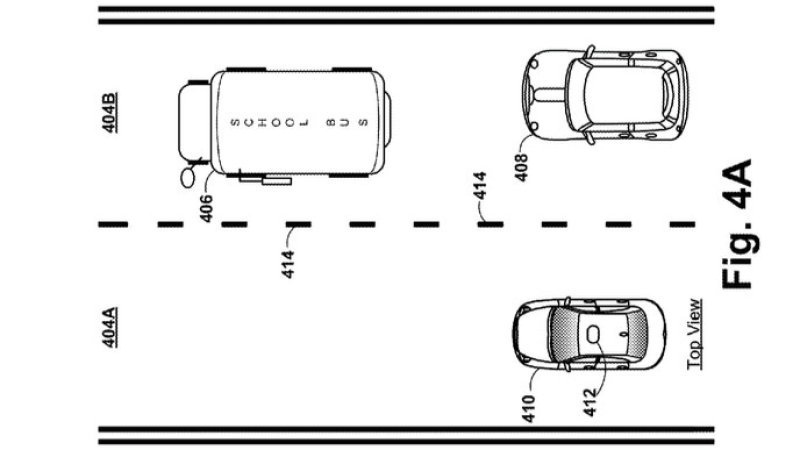Google Gets Patent For Bus Detection On Autonomous Vehicles

As you might recall, a driverless Lexus from the tech giant had a low-speed collision with a public-transit bus on February 14. The company actually filed for this patent on March 13, 2014, which was well before the crash, but the final publication came on March 8, 2016.
Google's patent technically outlines how to identify a school bus, not one for public transit like in the February crash. The same methods might work, though. According to the documentation, the autonomous system would compare the relative sizes of vehicles on the road. Once it found something large enough, the software would check that against the known size of a school bus. The tech would also analyze the color, check for a stop sign, and search for the word "School" on the exterior.
Once the system positively identified the school bus, the software would tell the vehicle to operate more cautiously. It would also be ready for the vehicle's stop sign to deploy and expect a greater number of pedestrians. While not entirely helpful in the recent case, the idea still seems quite useful.
Google's investigation into the February 14 crash found that human error was at least slightly to blame. The vehicle's software detected the bus coming, and the driver saw it, too. However, both the computer and the person behind the wheel thought the other vehicle would yield. They were wrong. Since then, Google has tweaked the system so that it won't assume large vehicles like buses will give way.
Related News


